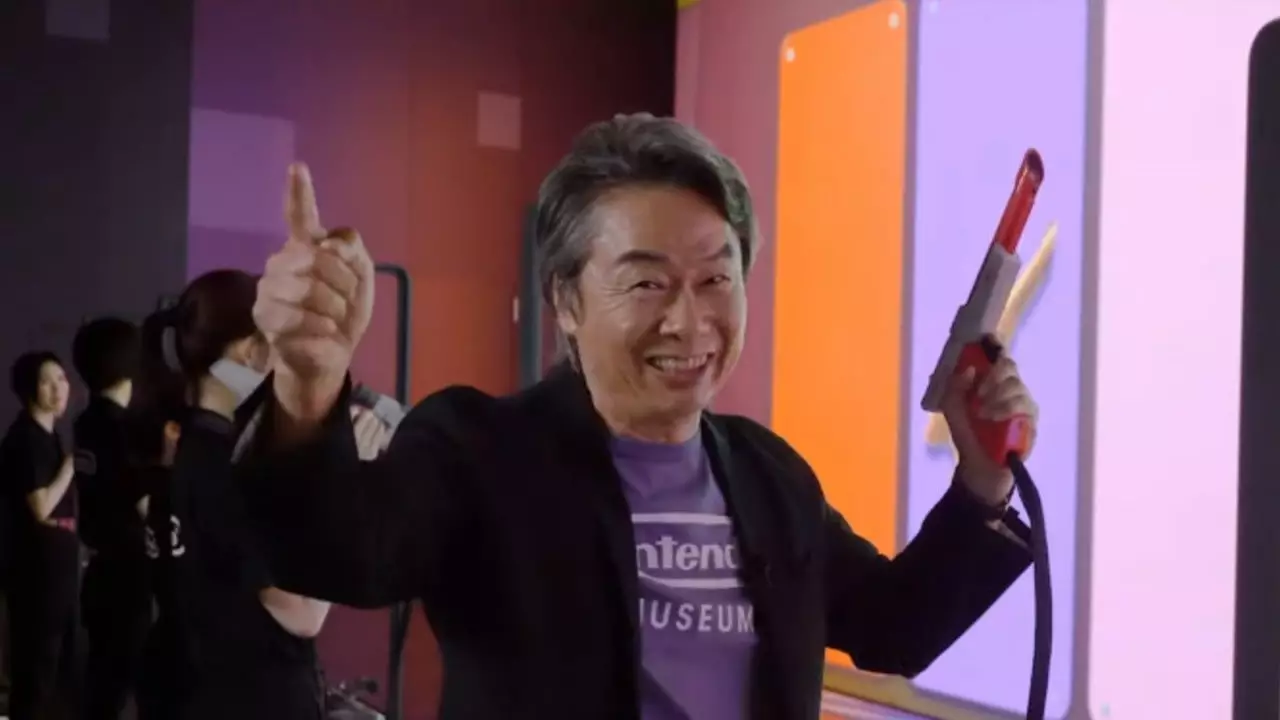In a world increasingly interconnected through digital media, the intersection of tourism and cultural practices is a subject of growing importance. Recently, Nintendo’s museum in Japan has made headlines due to visitors violating established photography policies. Reports indicate that international tourists have been sharing images from designated “no-photography” areas, raising eyebrows and concerns among both museum officials and cultural observers. As the world grapples with balancing tourism with respect for local customs and regulations, this incident serves as a reminder of the challenges inherent in the modernization of cultural experiences.
A particular incident, where tourists posted images of prototypes on social media, has sparked significant backlash and garnered thousands of likes. This form of digital sharing is emblematic of a broader trend where visitors, fueled by a desire for validation and attention online, may disregard museum guidelines. The fundamental purpose of these restrictions is to preserve the exhibits’ integrity while creating a respectful environment, and violations can undermine these efforts. The situation is exacerbated by the ease with which content can spread across platforms, making it difficult for institutions to enforce policies proactively.
Japan has a long-standing tradition of hospitality and respect for cultural heritage, which every visitor is expected to uphold. However, as international travel has surged, so too has the occurrence of culturally insensitive behavior. While the influx of tourists can stimulate economic growth, the increase in visitors often parallels a rise in disregard for local customs, leading to friction between travelers and hosts. This phenomenon requires both a compassionate understanding of cultural norms from the visitor side and a proactive approach from local institutions to guide behavior appropriately.
The implications of such behavior extend beyond mere annoyance; they can catalyze institutions like Nintendo to establish stricter regulations. The foresight to create rules that could impact the overall experience for responsible visitors stems from historical patterns where reckless behavior has led to significant policy changes and restrictions. This precedes other recent incidents, including museum-goers physically damaging exhibits or causing disturbances, reinforcing the necessity of accountability. Museum outings are meant to be enriching, educational experiences, and preserving that integrity must be prioritized by both the visitors and the hosts.
As the line between digital sharing and cultural respect continues to blur, it becomes increasingly important for visitors to exercise discretion and consideration. Museums and cultural institutions like Nintendo’s serve not only as places of entertainment but also as guardians of history and creativity. Educating travelers on the significance of adhering to cultural norms, especially in spaces designed to honor legacy and innovation, is crucial. Ultimately, a respectful approach fosters an environment where cultural appreciation thrives, ensuring that both tourists and locals can enjoy the treasures of heritage together. The onus lies with us as travelers to navigate this landscape thoughtfully, embracing cultural sensitivity in our digital age.

